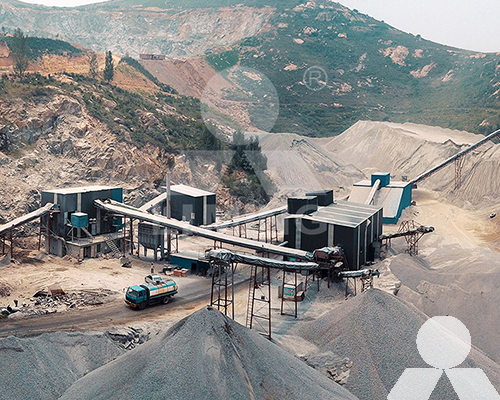50-1000 tph construction gravel mining process invest cost
Gravel is a natural material that is used in a variety of construction applications, including road construction, building construction, and civil engineering. The process of mining gravel involves the following steps:
- Excavation: The first step in the gravel mining process is to excavate the gravel from the ground. This can be done using a variety of methods, including excavators, bulldozers, and loaders.
- Transportation: Once the gravel has been excavated, it must be transported to the processing plant. This can be done using trucks, conveyor belts, or a combination of both.
- Crushing: The next step is to crush the gravel into smaller pieces. This is done using a crusher, which can be a jaw crusher, impact crusher, or cone crusher.
- Screening: Once the gravel has been crushed, it must be screened to separate it into different particle sizes. This is done using a screen, which can be a vibrating screen, a trommel screen, or a scalping screen.
- Washing: In some cases, the gravel may need to be washed to remove impurities. This is done using a washing plant, which can be a hydrocyclone plant, a spiral classifier plant, or a jig plant.
The cost of investing in a gravel mining operation depends on a number of factors, including the size of the operation, the location of the operation, and the equipment that is used. For a small-scale operation with a production capacity of 50 tph, the initial investment cost may be around $500,000. For a large-scale operation with a production capacity of 1000 tph, the initial investment cost may be around $50 million.

The operating costs of a gravel mining operation include the following:
- Labor: Labor costs are a major component of operating costs. The number of employees required depends on the size of the operation and the level of automation.
- Fuel: Fuel costs are used to power the equipment used in the mining process.
- Maintenance: Maintenance costs are used to keep the equipment in good working order.
- Overhead: Overhead costs include things like insurance, taxes, and administrative costs.
The operating costs of a gravel mining operation can vary depending on the location of the operation. For example, operations in remote locations may have higher transportation costs than operations in more accessible locations.
The profitability of a gravel mining operation depends on a number of factors, including the cost of the equipment, the cost of labor, the cost of fuel, the cost of maintenance, the cost of overhead, and the selling price of the gravel.
In general, gravel mining operations are considered to be a profitable business. However, it is important to do your research and make sure that you have a clear understanding of the costs and risks involved before investing in a gravel mining operation.









